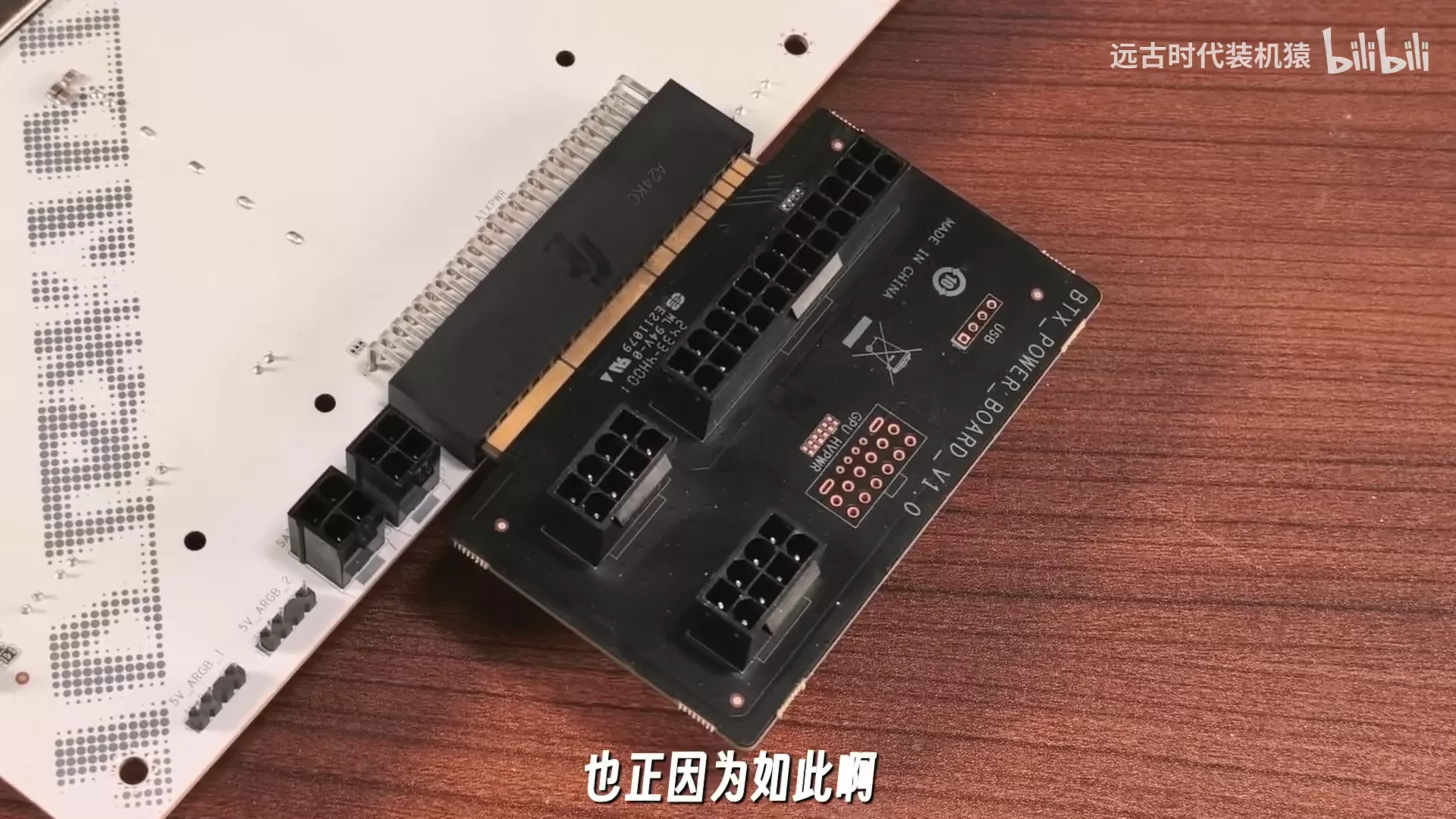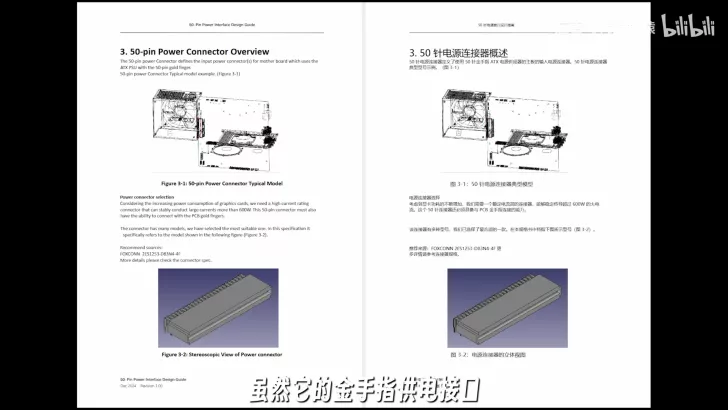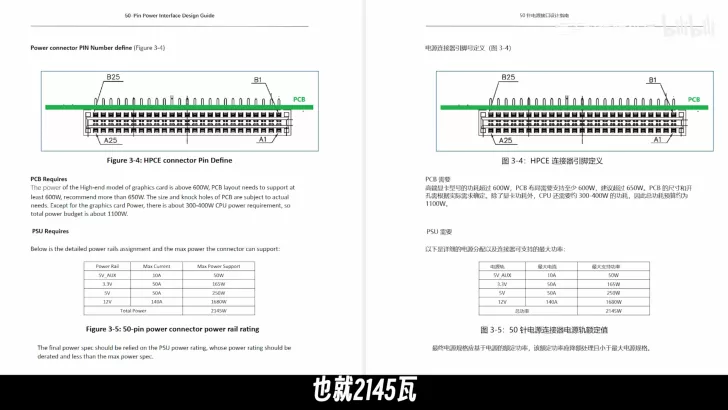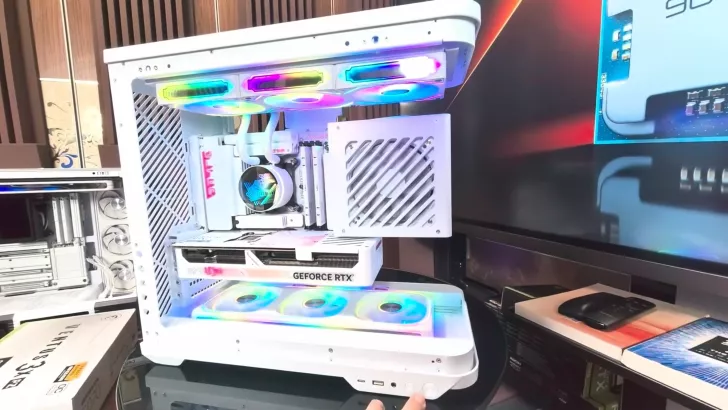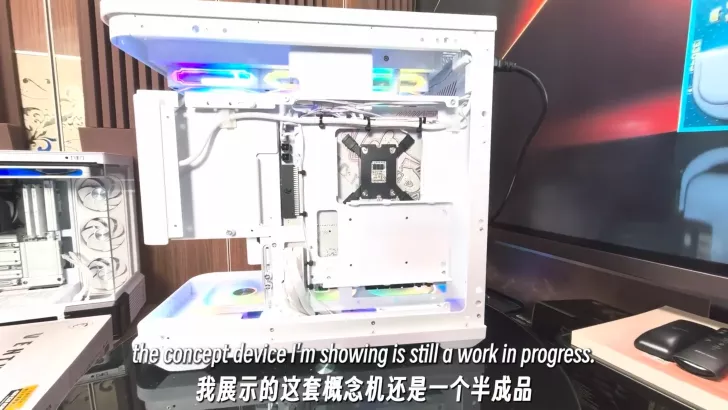DIY-APE is making strides towards the future of DIY PC building with its innovative next-generation BTF 3.0 design. This new approach aims to revolutionize cable management by focusing on the back-side of motherboards.
Revolutionizing PC Design with BTF 3.0
Earlier this year, DIY-APE unveiled its upcoming 50-Pin connector for the BTF 3.0 motherboards. This groundbreaking connector is designed to work seamlessly with BTF power supply units, eliminating the need for separate cables for motherboard and graphics card power supply. The PSU has to be aligned next to the connector, initially suggesting a requirement for BTF 3.0-compatible cases, but recent updates clarify that this isn’t a strict limitation.
DIY-APE’s journey began several years ago with the introduction of the backside connector design, marking a significant shift in DIY PC design towards cleaner aesthetics and improved cable management. Collaborating with industry giants like ASUS, MSI, Gigabyte, and others, DIY-APE has helped usher in an era where BTF design is gaining traction in the retail market.
BTF 3.0: A New Era for DIY PCs
The BTF 3.0 standard introduces multiple advancements: Gold Finger Power Supply Graphics Card, Hidden Power Supply Graphics Card, and more. The main goal of BTF 3.0 is ambitious—moving all power and IO interfaces to a single connector while maintaining compatibility with existing BTF 2.0 and non-BTF standards.
The introduction of a new 50-pin power connector aligns with ATX3.0 and ATX 3.1 standards, centralizing power delivery for motherboards, CPUs, and GPUs, with a rating of up to 2145W, sufficient for high-end components like the RTX 5090 and top-tier CPUs.
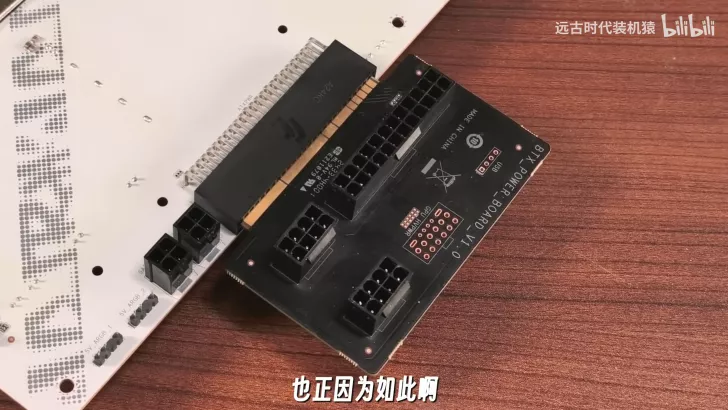
To accommodate older systems, DIY-APE offers a BTX adapter board featuring a 24-pin connector and additional power ports. For graphics cards, DIY-APE provides a GC_HPWR slot compatible with non-BTF GPUs through a modular adapter. The company also aims to streamline IO interfaces into a single, easy-to-use connector, hoping for industry-wide adoption.
A Glimpse into the Future of DIY PCs
BTF 3.0 includes short-tube AIO cooling solutions, enhancing aesthetics while managing RGB components effectively. This innovative design is showcased using pre-release hardware, combining a BTF 3.0 PSU and compatible components to create a clean, cable-free setup.
The future of DIY PCs is bright with BTF 3.0, promising more user-friendly and visually appealing hardware setups. As these concepts continue to develop, the impact on the DIY community is eagerly anticipated.
